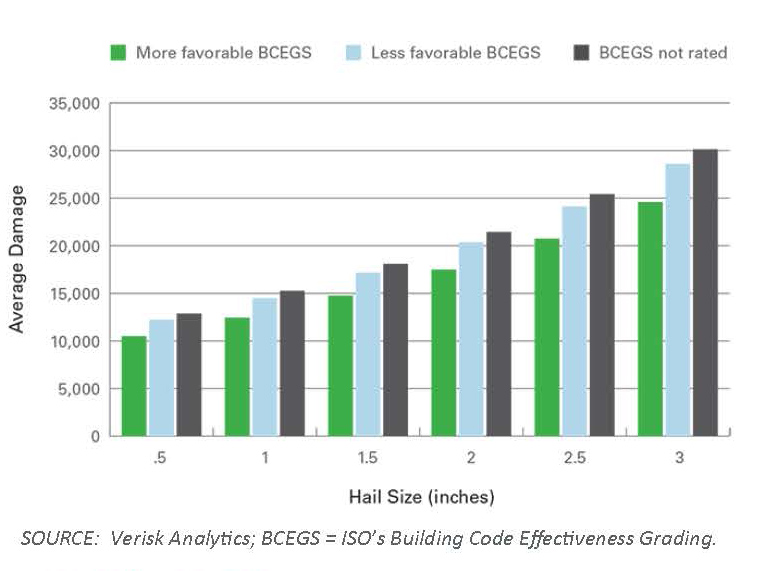Beware of locusts! After a year with a wide variety of major catastrophes in the U.S., it can feel like the end of days is upon us. Headlines call out devastation and disaster, but what is really going on beyond these sound bites? With insights from the RAA Cat Risk Management Conference, hosted in Orlando, Florida, Holborn examines Severe Convective Storm activity, “HIM” Hurricanes, and the California Wildfires of 2017.

Severe Convective Storm (SCS)
While hurricanes grab the most attention, severe convective storms can have devastating effects. According to NOAA, there were 1,396 confirmed tornadoes in 2017 that, together with all other convective weather activity, cost the (re)insurance industry $18.6Bn.
Approximately ten years ago, there was a jump in the frequency and severity of large ($1Bn+) SCS events. Since that time, the numbers remain elevated. The research community attributes this, in large part, to two main factors: Development and Climate Change.
Development
There is a misconception that tornadoes avoid heavily populated urban areas. It is simply a matter of land area – dense urban centers account for a much smaller square mileage than the suburban and rural land surrounding them. Suburban-sprawl, however, has increasingly spread population and building density outside of urban concentrations and, accordingly, made the “bullseye” bigger.
Climate Change
The latest research ties climate change (namely atmospheric warming) to more severe weather days annually and higher incidence rates of larger hail sizes. Put simply, the atmosphere is more conducive to turbulent weather. The debate as to whether this is part of a long-term, mankind-influenced trend, or the active phase of general climate cyclicality will continue unabated. There is, however, no denying that climate change is producing more turbulent weather.
An increasing share of SCS losses are attributable to hail in recent years. More frequent severe hail (1”+ or quarter-sized) storms, as observed in recent years, has exacerbated losses. Most notably, the May 2017 hailstorm in Denver, which produced an estimated $1.4Bn in damage; the costliest in the area’s history.
Damage from hail naturally increases with hail size, as seen in Verisk Analytic’s graph (opposite). This graph depicts Verisk’s view, as informed by study of industry claim data, of the Missouri residential property market.
Modeling SCS is very complex and computationally-intensive, due to:
- Temporal and spatial clustering,
- Lack of shape-uniformity and smoothness in hazard gradients, and
- Geographically narrow footprints of the various sub-perils, particularly tornadoes and hail…
…to continue reading the full report, please download here:




